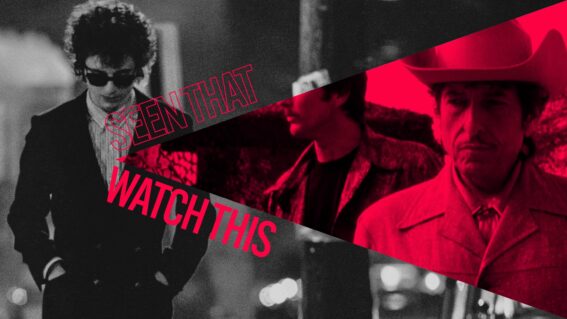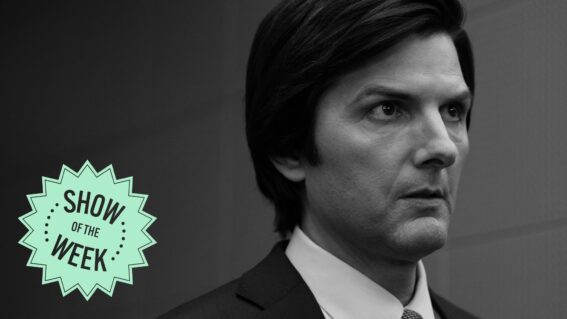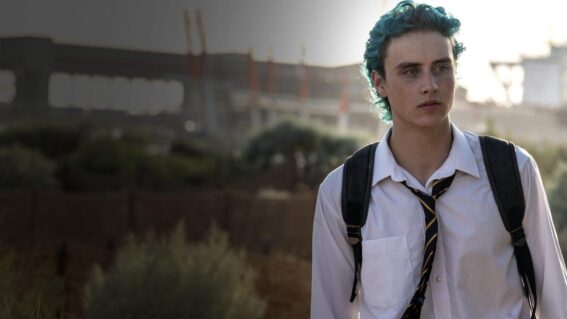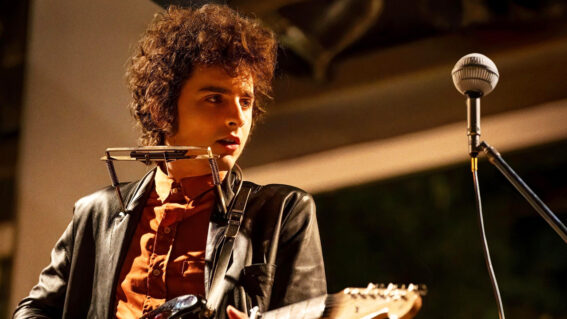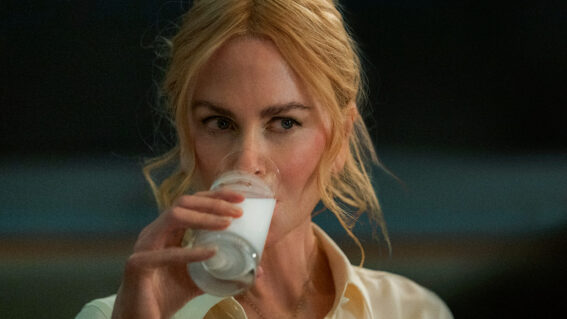Portrait of a Lady on Fire v Little Women: one is great, the other ain’t
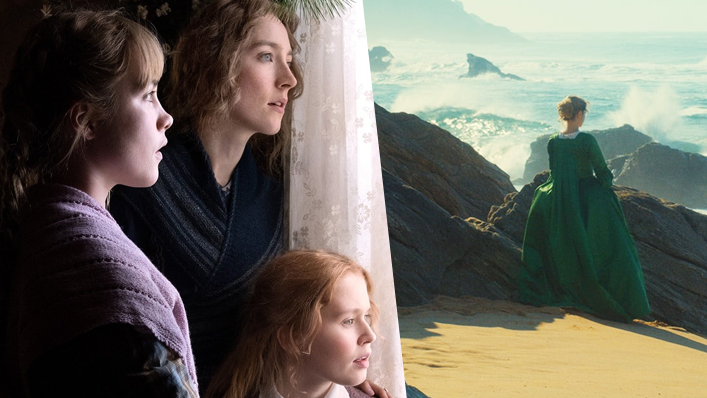
Two critically acclaimed period dramas – Portrait of a Lady on Fire and Little Women – are about to arrive in cinemas. They have much in common, writes critic Luke Buckmaster, but their differences are more telling than their similarities.
As The Simpsons famously reminded us, there was no cane in Citizen Kane, much to the chagrin of audiences who prefer their movie titles to double as actual, literal things one can reach out and grab onto (an admittedly obscure proclivity among cineastes). It is my duty to report however that there is a portrait of a lady on fire in Portrait of a Lady on Fire, French writer/director Céline Sciamma’s steamy lesbian period piece set in and around a cliffside minor in Brittany circa the 18th century.
There is also a lady who actually is on fire – her dress, at least – as well as multiple portraits of this woman when she is not on fire, in addition to shots of fires that are not on any women. The woman on fire is Héloïse (Adèle Haenel) and the artist capturing her is Marianne (Noémie Merlant), who has been commissioned by Héloïse’s mother (Valeria Golino) to capture Héloïse’s portrait in secret, toiling away in a sexism-riddled creative industry.
There is also a lady on fire in Little Women – OK, again, her dress – this woman being the free-spirited and endearingly aloof protagonist Jo March (Saorise Ronan), an author also toiling away in a sexism-riddled creative industry. The moment when flames catch her dress isn’t captured in a portrait, although she does have a sister, Amy (Florence Pugh), who is a painter and illustrator, who may or may not at some point in her life have drawn something or somebody on fire.
Where am I going with this? For starters I needed to get that out of my system – because it feels like there’s been an awful lot of fires on women in period dramas lately, even if there has only really been two. Pushing aside the flames, Portrait of a Lady on Fire and Little Woman have other notable similarities: they are both for instance female-led (behind and in front of the camera), both coming-of-age period dramas, both stories about romance, and both contemplations about artists and their creative processes.
The differences between these films, however, are more telling than their similarities. The most fundamental is that one – Portrait of a Lady on Fire – is a fascinating work of art: bold, visually ravishing and thrillingly personal, told with purpose and flair. The other – Little Women – is an ensemble “For Your Consideration” drama molded in by-the-numbers style, replete with many predictable aesthetic choices – such as an overabundance of ambient light, with countless dialogue exchanges staged in front of windows emanating warm orangey glows.
The writer/director of Little Women, Greta Gerwig, shows the audience Amy’s work in that all-too-neat, very “Hollywood” way – whereby we see, on almost every occasion when her art is presented, a painting that looks beautifully complete upon our first glance of it. A final dab-dab, and voilà: here’s something I prepared earlier. This particular embellishment, while not a big deal in and of itself, highlights how Gerwig (whose previous feature as a director, Lady Bird, had much more personality and verve) giftwraps her film and underestimates her audience. While, in contrast, Sciamma respects the viewer’s ability to form their own interpretations and assumptions.
There are several occasions in Portrait of a Lady on Fire, for instance, in which the director depicts Marianne working on her picture of Héloïse. During these moments we get an unmistakable feeling – though Sciamma never states this explicitly – that the protagonist is rummaging through images in her head, in order to bring detail and nuance to her work. She is recreating her memories, in other words; crystallizing the past into an artistic abstraction.
Sciamma doesn’t have to tell us this, because the idea of wrestling with memories is baked into the film. In one scene Marianne and Héloïse debate the meaning of the classic mythological story of Orpheus and Eurydice, which explores grief-stricken romantic memories, as well as art’s ability to evoke the beauty and pain of past relationships. As Marianne reaches through her memories, something beautiful happens to the audience: we also relive previous sequences in our minds, the mental processes of ourselves and the protagonist enmeshed.
In Little Women, by contrast, past events are referenced through dialogue and Gerwig often cuts to them, crushing ambiguity by dictating the terms and extent of these events. The director also, bizarrely, cuts to characters who break the fourth wall and directly address the audience by reading out letters. Baz Luhrmann deployed a similar fourth wall-breaking device at the beginning of Strictly Ballroom – which almost nobody remembers, because the device was extraneous there as it is here.
One thing both Lady on Fire and Little Women effectively convey is the passage of time. In the former that passage is narrow and concentrated, exploring a small window in the lives of the characters, with the inference that they will carry this period and its emotions around with them forever. Little Women works on broader levels, making a point that the trajectories of our lives play out in ways that invariably surprise and challenge us; nobody gets to completely dictate the narrative terms of their own existence.
Nor do artists get to choose when, going back to my original observation, they are on fire, or the nature or length of these fires, or whether a portrait is constructed to represent these moments of literal and symbolic heat. Perhaps one of the take-home messages for both these films is simple: if you want extra dramatic sizzle, just add fire.



